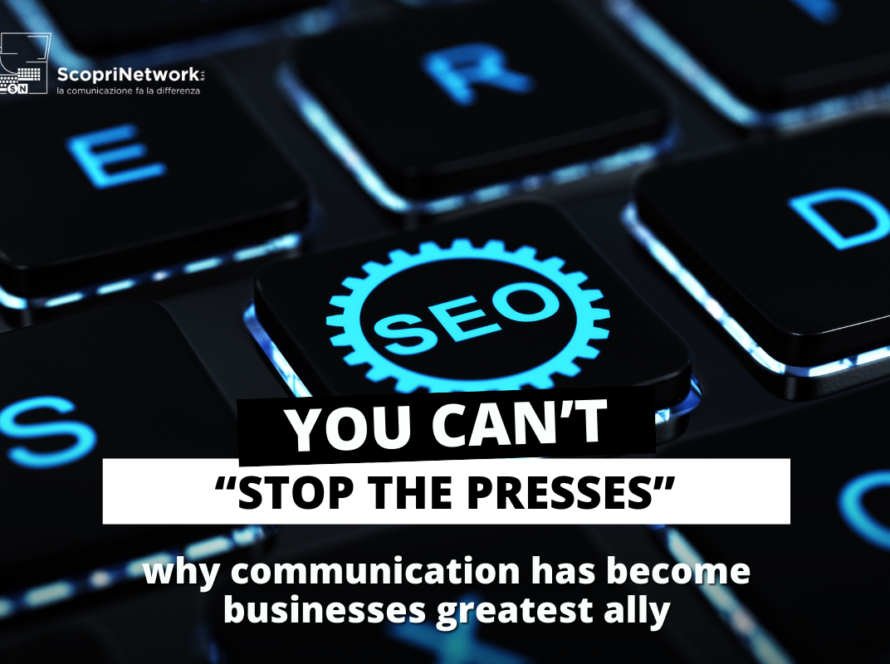Rainbow capitalism, otherwise known as Pink capitalism, refers to the practice of marketing products specifically towards the LGBT+ community in order to profit off of Pride Month without actually supporting the cause. June is Pride Month, a time to celebrate the freedom of expressing one’s sexual orientation, after years of discrimination and repression. However, Pride Month is also about raising awareness for ongoing issues within the community; although we have come a long way since Stonewall, the LGBT+ community still faces discrimination and hate all around the world, which is why June is also the month to show support.
In recent years, companies have begun embracing Pride Month, often by changing their logo to include a rainbow flag, but more nefariously by releasing Pride-themed merchandise. The term “Rainbow capitalism”, thus, highlights the way certain companies mask their attempt in profiting off of a specific group of people as “activism”.
The public’s perception
It’s easy to be cynical. According to a study conducted back in 2018, queer people hold a combined spending power of 3.6 trillion dollars globally. So it wouldn’t be hard to believe that brands are merely capitalising on this corner of the market. However, even small acts of recognition can go a long way in fighting homophobia. With Donald Trump intensifying his fight against DEI (Diversity Equity and Inclusion), many US-based brands are beginning to pull back on their Pride Month donations.
This is not to say that Rainbow capitalism is actually good, but rather it’s a scathing reminder of how this month isn’t a victory lap, but a reminder to keep fighting for equality and inclusion. When the public calls for brands to stop profiting off of the LGBT+ community, it’s not because they want them to back down, it’s about demanding actual change and meaningful donations. Criticising Rainbow capitalism is important because brands have to know that what the public wants isn’t a shallow show of support but an actual commitment in standing up for the community, not only in June but year-round.
When did corporate involvement begin?
Although some companies supported the LGBT+ community as early as the 1990s, the real boom of “corporate” Pride came between 2010 and 2015, with the rise of social media and the growing focus on DEI (Diversity, Equity, and Inclusion) issues. During those years, rainbow logos and dedicated collections became commonplace, at least in the Western world.
Since then, many companies have developed fully structured campaigns. Nike launched the “Be True” line, dedicated to celebrating the authenticity of queer people. NYX Cosmetics promoted the “Proud Allies for All” project, in collaboration with the Los Angeles LGBT Center. Skittles, with “Find Your Community,” partnered with GLAAD to promote inclusion and diversity. Chipotle linked its Pride communications to a fundraising campaign for GLAAD.
Rainbow Capitalism and Greenwashing: a similar issue
Nowadays, the public needs more out of a brand. People are more interested in what the brand stands for, rather than its aesthetic and, as climate change has become an issue many people are concerned about, the practice of “Greenwashing” has gained popularity among brands and companies. According to the UN’s definition: “Greenwashing presents a significant obstacle to tackling climate change. By misleading the public to believe that a company or other entity is doing more to protect the environment than it is, greenwashing promotes false solutions to the climate crisis that distract from and delay concrete and credible action.”
Although Rainbow capitalism isn’t actively promoting false solutions to a very important issue, it is misleading the public into believing that buying Pride-themed products is a way of supporting the LGBT+ community. Many brands will claim that a percentage of their earnings will go to pro-LGBT+ charities or initiatives, however, these same companies will then go on to sponsor anti-LGBT+ politicians or even be accused of homophobic discrimination. American superstore brand, Wall-Mart, offers a Pride line of merchandise but was also sued in 2015 for anti-gay discrimination. Hence, the question is: are these brands actually supporting the community or just trying to profit off of it?
The Harley-Davidson case: between identity and withdrawal
Unfortunately, people asking brands to be more transparent in the values they hold can often lead to a disconnect between a company and its customers. At a time of great political polarisation, Pride Month and DEI efforts have increasingly been the target of conservative politicians and pundits. In July 2024, conservative activist Robby Starbuck pressured Harley Davidson to cancel internal DEI initiatives, sponsorship of Pride Month activities and charities.
This move sparked considerable debate, as it raised questions about the consistency between external messaging and internal values. In a world where brand identity is paramount, taking a stand — or retreating — speaks volumes, far more than any advertising campaign.
With Donald Trump ramping up his opposition to DEI (Diversity, Equity, and Inclusion) initiatives, many U.S. companies have begun pulling back their donations for Pride Month: major brands such as Mastercard, Nissan, and Pepsi are cutting back their Pride sponsorships in major cities like New York.
Consistency, values charter, and transparent choices
Today, simply “putting up a rainbow flag” is no longer enough. Consumers demand authenticity, consistency, and continuity. They want to know whether a brand applies internally the values it promotes externally. For this reason, Pride communication — and more broadly, communication around rights, inclusion, and the environment — cannot be disconnected from what the company is and does on a daily basis.
Effective communication is built on a solid foundation: a genuinely implemented values charter, transparent internal policies, inclusive welfare practices, and authoritative certifications such as the Corporate Equality Index. Only from these elements can a brand communicate credibly. And, if necessary, choose not to engage in flashy communication, but instead continue to foster cultural change, both internally and collectively.
Because supporting a cause is not a performative act, but a positioning choice. And today, as the Harley-Davidson case shows, that choice carries weight.





